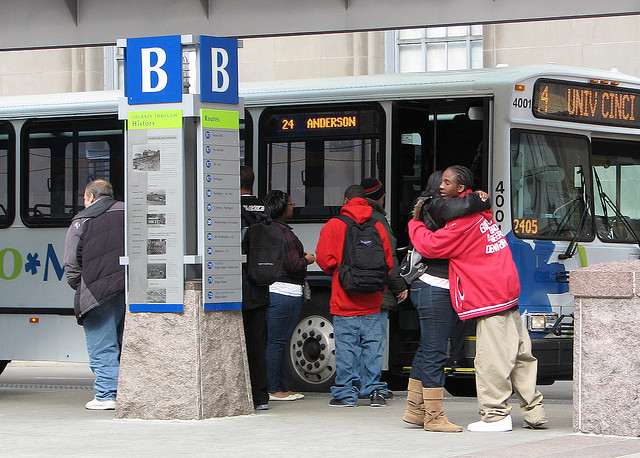U.S. Transportation Secretary Ray LaHood announced $776 million for urban and rural transit providers in 45 states. The money is intended to help bring buses, bus facilities, and other related equipment into a “state of good repair.” The grant money will reportedly support 152 projects across the country.
Ohio’s Department of Transportation (DOT) received $10 million to allocate towards transit vehicle replacement, and another $3.5 million to perform rehabilitation of transit facilities and equipment around the state. Akron’s Metro bus agency received $3 million, and the Greater Cleveland Regional Transit Authority received $4.2 million.
“Safety is our highest priority, and it goes hand-in-hand with making sure our transit systems are in the best working condition possible,” Secretary LaHood stated on Monday. “The millions of people who depend on transit each day to get to work, to school or to the doctor expect a safe and comfortable ride.”
No money was awarded to Cincinnati-area transit agencies, although Metro officials say that they are working with the state to hopefully receive some of that money.
The money could not be more needed according to transit officials who state that more than 40 percent of the nation’s buses are currently in poor to marginal condition. According to the National State of Good Repair Assessment Study released in June 2010, the $776 million included in this announcement will not come close to funding the estimated $78 billion worth of repairs needed to bring the nation’s rail and bus transit systems into a state of good repair.
In Cincinnati, Metro officials say that money is always needed to replace buses in their fleet as they reach the end of their 12-year life cycle. Through this program, the agency had requested funding to replace the system’s nearly 20-year-old farebox technology.

